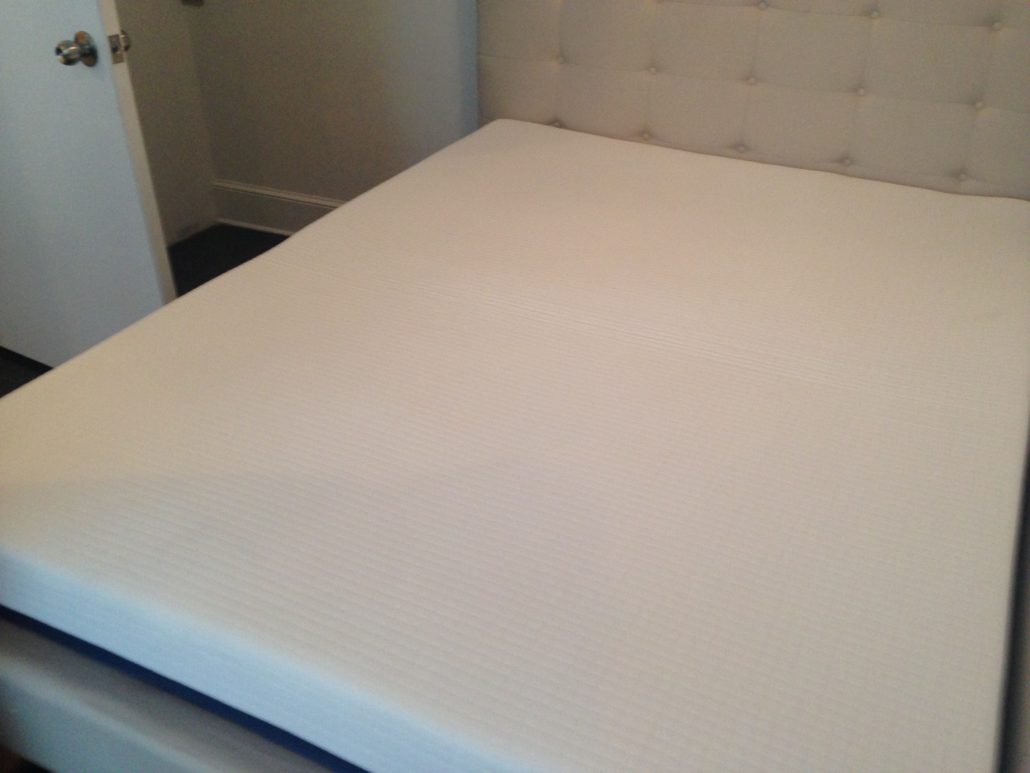Sleep deficiency can lead to the onset of chronic disease as well as affect the way you think, learn, react, work and interact with others. If you have not been getting adequate sleep of good quality and there’s no obvious physical or mental condition responsible, it is often due to a poor quality mattress. With all the choices available, it is not an easy task buying a mattress. In recent times, memory foam mattresses have received a lot of attention. Let’s take a look at its pros and cons:

Memory Foam Explained
A mid-1960s NASA invention for more comfortable airplane seats, the technical name for memory foam is viscoelastic. The best thing about memory foam is that while it molds itself to your body very well in response to pressure and heat, it reverts to its original form once the cause is removed. Memory foam has become a preferred choice of material for mattresses because it distributes the weight evenly and provides a great deal of comfort and support.
Advantages of Memory Foam Mattresses
Memory foam mattresses have achieved a satisfaction index of around 80%; on an average, it means that four out of every five customers were happy with the product. Some contributing factors:
Even distribution of pressure: Memory foam mattresses distribute the weight across the surface thereby providing superior support. Typically, in other types of mattresses, the heaviest parts of the body like the hips and shoulders tend to create pressure points making for an uncomfortable sleep. With the elimination of the pressure points, the weight is distributed more evenly and you no longer need to keep tossing and turning to achieve more comfort.
Superior support: As the memory foam mattress is able to deliver superior support, it relieves the body from tension and stress and gives a better quality of sleep to even those with lower back pain. The natural ability of the material to conform to the contours of the body keeps the spine alignment as it should and not force it to a stressful linear shape. Support comes across as a major factor in all loom and leaf vs. purple comparisons.
Lack of motion transfer: If two people are sleeping on the same memory foam mattress then finally they will be able to sleep undisturbed even when one partner moves or climbs out of the bed. This is because the structure of the material is such that the motion is not transferred to other parts of the bed.
Durability: Lasting far longer than conventional spring mattresses, good quality memory mattresses can last for as long as 15 years. Many brands offer warranties for up to 10 years.
Conclusion
If the advantages are convincing, you should also consider the drawbacks of memory foam mattresses before making a decision. It can be quite heavy, hot, and susceptible to giving off chemical odors as well as more expensive. The best way to buy is to opt for a model that gives you a long trial period and offers an unconditional refund in case you don’t like it.